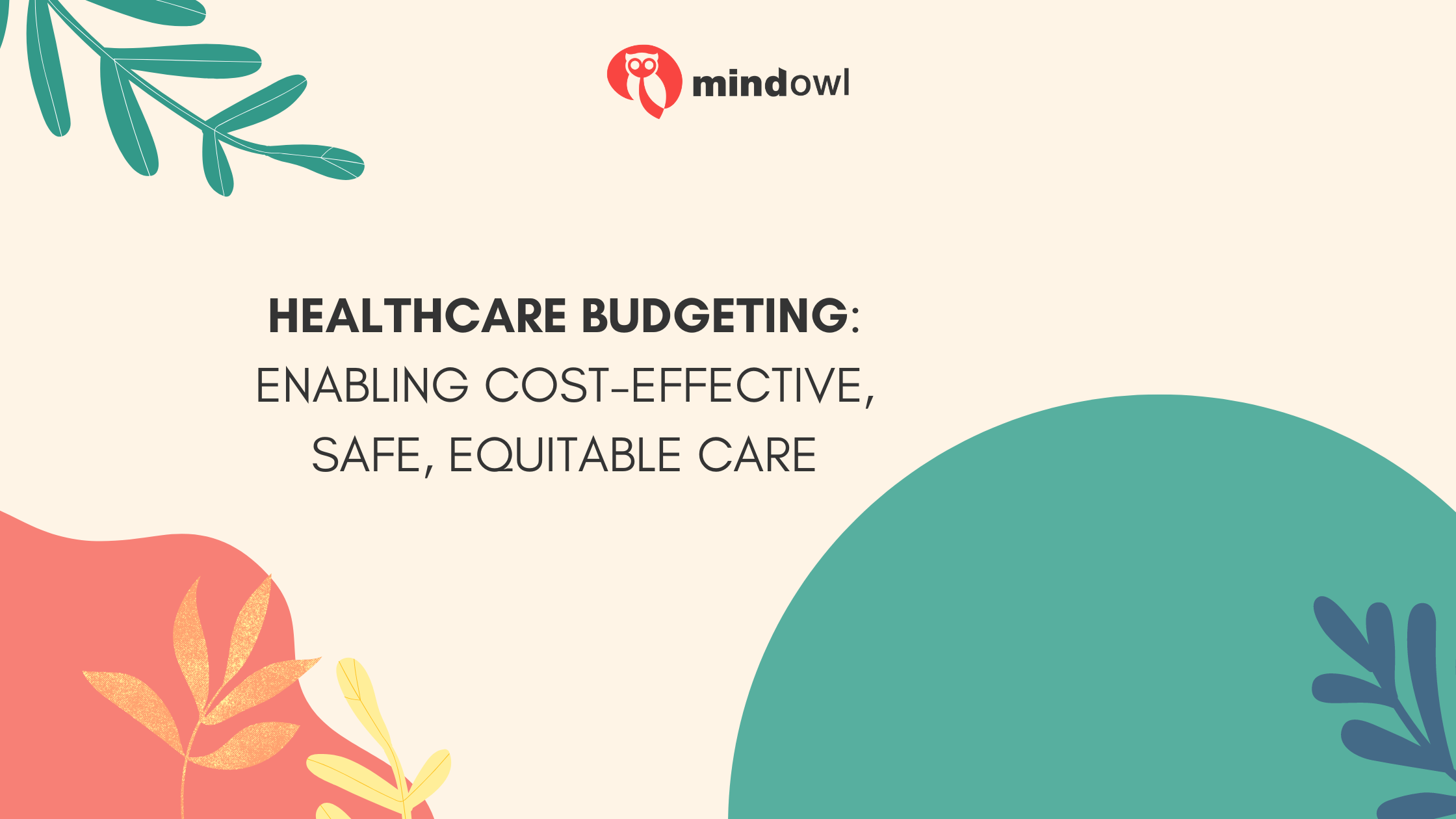The intricate process of healthcare budgeting stands as a keystone in ensuring that medical facilities can deliver cost-effective, safe, and equitable care. Determining the allocation of funds requires an understanding of various financial essentials, from operational costs to capital investments. With rising healthcare costs and emerging demands for innovative treatments, budgeting has never been more critical. It’s a balancing act between resource allocation and maintaining high standards of patient care. Below, we delve into the core aspects that shape healthcare budgeting today.
Addressing Equity in Healthcare Through Strategic Budgeting

The principle of healthcare equity ensures that everyone, regardless of income, deserves access to quality care. Budgeting through an equity lens means directing resources where they’re needed most, funding initiatives like outreach programs and language services to bridge healthcare gaps. Addressing unique needs, such as extended clinic hours and community-based education, not only improves public health but also reduces long-term costs by minimizing emergency care. Smart budgeting supports societal change, promoting inclusive healthcare delivery that benefits communities overall.
Investing in health equity is both a moral imperative and an economic strategy. By prioritizing preventive care and managing chronic conditions effectively, healthcare costs can be reduced. Organizations like ECRI play a crucial role in advancing safety and quality in healthcare worldwide. For more on advocating for resources and promoting equity, visit https://home.ecri.org/.
Understanding the Essentials of Healthcare Budgeting
Healthcare budgeting goes beyond financial balance, involving strategic planning to ensure adequate funding for all aspects of care delivery. This includes analyzing past expenditures and forecasting future needs to prevent overallocation or deficiencies. A comprehensive budget covers staffing, equipment, facility maintenance, and patient care essentials, balancing capital investments in medical technology for long-term savings and better outcomes, while managing day-to-day operations carefully through cost-benefit analysis.
Key performance indicators (KPIs) are crucial, tracking efficiency, patient satisfaction, and financial stability to align resources with organizational goals. Budgeting also prioritizes safety measures, such as preventing infections and handling equipment failures with emergency funds, safeguarding both patients and staff from unforeseen disruptions.
Balancing Cost-Effectiveness with High-Quality Patient Care
In healthcare budgeting, balancing cost-effectiveness with patient care quality is paramount. This involves smart cost-cutting strategies like optimizing staffing and renegotiating contracts, alongside using generic medications and evidence-based practices. Hospitals excelling in patient care often see better financial outcomes through higher reimbursements and patient volumes, highlighting the link between patient health and financial health.
Managing patient readmissions is critical, requiring robust discharge plans to reduce costs and penalties. Overall, effective budgeting prioritizes continuous improvement, staff training, and patient-centred initiatives to enhance care while managing expenses wisely.
Incorporating Technology for Smarter Healthcare Budget Management

In today’s healthcare landscape, advanced technologies like EHRs, predictive analytics, and telemedicine are transforming budget management. They provide real-time data for informed financial decisions, improving cost understanding and operational efficiency. Predictive analytics, for example, forecast patient admissions and resource needs, allowing proactive budget adjustments. Integrating these tools with EHR systems reduces administrative overhead and enhances billing accuracy, creating a more adaptable financial model.
Wise investment in these technologies is crucial. While they can enhance patient care and lower costs, assessing their return on investment is key. Equally vital is cybersecurity—protecting patient data is non-negotiable, demanding robust investments to prevent breaches and maintain trust. Balancing innovation with fiscal responsibility ensures sustainable advancements in healthcare management.
Implementing Safe Healthcare Practices Within Budget Constraints
Implementing safe healthcare practices is crucial yet challenging due to financial constraints. Innovations like standardized procedures and quality improvement programs require funding but prevent costly errors and enhance patient outcomes. Investing in healthcare worker training ensures competence and confidence, minimizing risks. Regular equipment maintenance and cost-effective procurement strategies uphold safety standards without overspending.
Balancing patient safety with fiscal responsibility is achievable through strategic investments and a culture of learning from mistakes. Engaging patients as active partners in their care promotes safer outcomes by fostering understanding and effective communication. Together, these efforts build a healthcare environment that prioritizes safety without compromising efficiency or budgetary concerns.
Altogether, the meticulous process of healthcare budgeting provides the fiscal framework necessary for delivering safe, effective, and equitable care in a complex medical landscape. Using strategic financial planning as a tool for quality improvement, health leaders can craft an environment where costs are contained without sacrificing the core mission of patient welfare. Smart budgeting is the cornerstone of a sustainable and compassionate healthcare system.
MindOwl Founder – My own struggles in life have led me to this path of understanding the human condition. I graduated with a bachelor’s degree in philosophy before completing a master’s degree in psychology at Regent’s University London. I then completed a postgraduate diploma in philosophical counselling before being trained in ACT (Acceptance and commitment therapy).
I’ve spent the last eight years studying the encounter of meditative practices with modern psychology.

